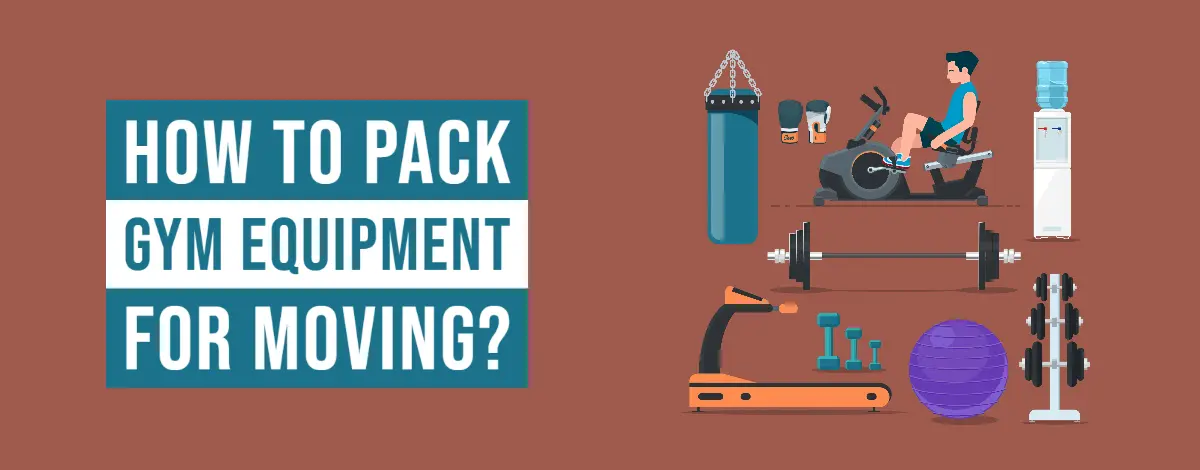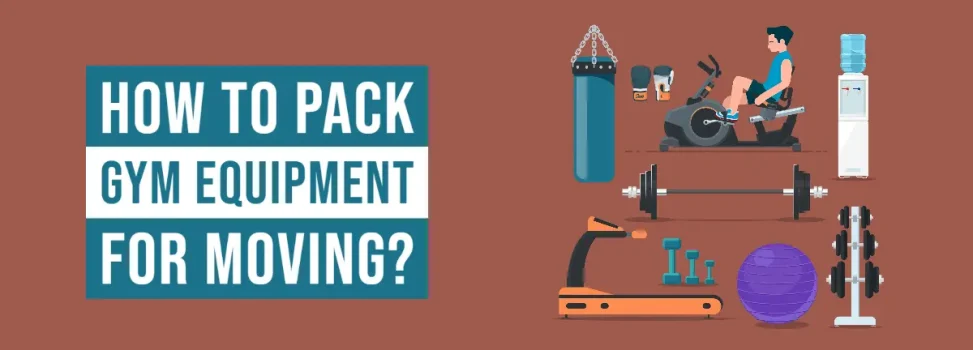We can all accept that these pieces of fitness gear serve multiple purposes by keeping you in a building while saving significant amounts of money and time that will normally impede personal development and time with family and friends. Since almost any type of exercise equipment can now be kept at home, whether it be the treadmill, weightlifting machines, exercise bike, or various others, we can all acknowledge that this equipment serves multiple purposes.
The sheer large quantities and significance of rare or fragile components are frequently underestimated or overlooked during the purchasing phase due to the anticipation that occurs over; meanwhile, it may be an immediate but late realization when you unexpectedly discover the demand to shift it from its present place to another place, either in the same residence or a new one.
Move your gym equipment through a moving company or a DIY move:
Even if you may transfer it by yourself to a new location inside your home in a matter of moments or days, moving them to a different neighborhood or city requires some safety measures and rules to be followed. Relocating fitness gear will be an activity in and of itself, particularly if you want to DIY with the assistance of relatives or close companions.
If you want to go the simple route and ensure that you and your equipment shift safely and easily, you might want to think about hiring a reputable shifting company. These professionals have the essential knowledge and know-how to carry such heavy items with ease; they pack them with high-quality materials like bubble wrap and other similar items and use the right moving materials to guarantee the secure loading, unloading, and moving of your fitness apparatus.
Also Read: How to Pack and Move Wardrobe Without Stressing Out
Before you move, clean, sanitize, and prepare your exercise equipment:

The workout machine should be ready and washed before wrapping and transporting it, just like any other household item, to stop the spread of unpleasant microbes and infectious agents to the new location. You may also make sure it appears brand new before shifting it into the new location.
How to clean your exercise equipment:
- Use tissue paper and an all-purpose cleanser or an entirely organic spraying solution to disinfect your yoga mats and supplies. You may additionally prepare your cleaning solution using a combination of vinegar and water and a couple of drops of tea tree oil, or you can purchase a solution that’s made especially for wiping yoga mats.
- Wipe down the handrails, sidebars, and other frequently touched areas of the elliptical, treadmill, weight machines, stationary cycle, and any other exercise equipment you might have.
- Use a hot water cycle to clean the sheets and clothes from the exercise facility. Keep the dumbbells and other weights together and disinfect them.
Also Read: How Can I Prevent Stealing Of My Movers?
Important precautions to take when relocating exercise equipment:
Yoga apparatus:
It’s always a good idea, to begin with things that are smaller when packing and transporting your home exercise equipment.
Yoga blocks should be wrapped in newspaper or packing paper, and yoga mats should be kept safe in their carrying bags. Newspapers, rags, or other padding materials can also be used to fill up any empty places in the carton to prevent the content from shifting while it is being transported.
Exercise balls, dumbbells, barbells, and hand weights:
No matter how many sets of heavyweight plates or light hand weights you have, you need to ensure the carton boxes holding them are made of sturdy and durable material.
For the safety of hand weights, dumbbells, and barbells, small carton boxes are preferable to enormous ones since the weight is equally divided among the boxes and prevents the bottom of the carton from falling out owing to the heaviness.
While placing the weights in the box, cover them in bubble wrap, towels, or newspapers to guard against nicks and stop them from colliding during transportation and causing damage to the box or other objects.
You can also carry your exercise ball in your vehicle or place it in a cardboard box.
Treadmill:
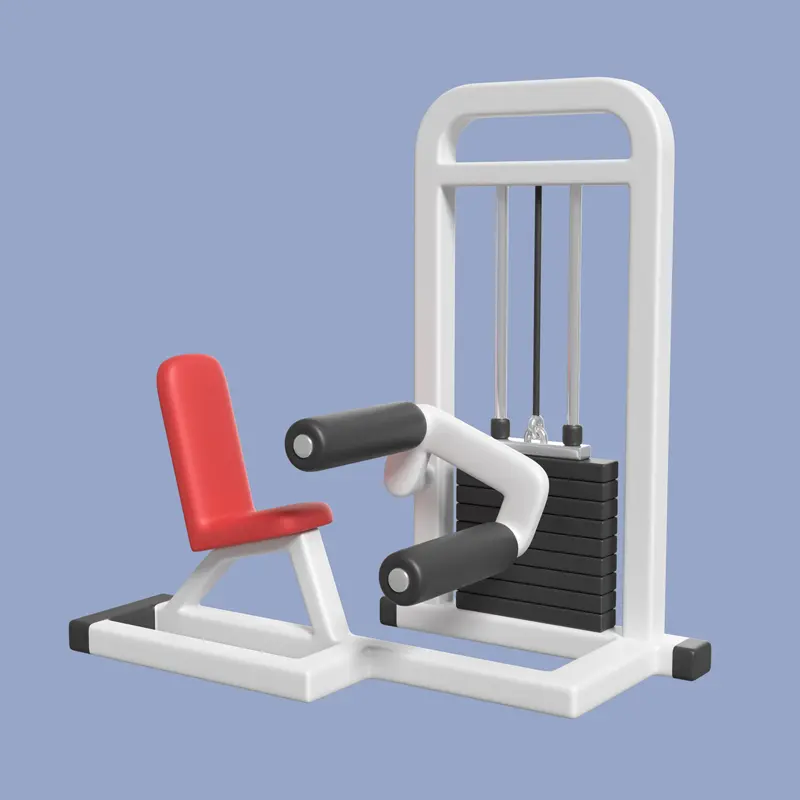
Get the owner’s manual out and examine specifics like the treadmill’s weight, whether it has a noticeable lock or unlock mechanism, and other things before you start shifting it.
Considering that treadmills typically weigh between 200 and 500 pounds (90 and 225 kilograms), it goes without saying that you need a furniture dolly from the local hardware store to transfer the hefty treadmill securely. Alternatively, you can enlist the assistance of expert movers who possess the right equipment and know-how to transport your treadmill without damaging it.
Also Read: What to Do When Movers Won’t Release Your Things?
Here’s how to go about doing it on your own:
- You must first turn off the treadmill’s electricity and detach and separate all of the wires.
- Next, determine if the standing section of your treadmill can fold downward or if the belt section must be folded up, according to the type.
- To ensure that the treadmill cannot be moved during the relocation, meticulously adhere to the lock procedure.
- Ask a buddy to assist you in rolling the treadmill onto the furniture dolly. Keep in mind you both lift the treadmill at the same time and gently set it on the dolly through your legs’ force.
- Roll it to the delivery truck and load it inside once it is completely secured on the furniture dolly.
- When you get to your destination, carry out the same steps to unload the treadmill and move it to the preferred location in your new house.
- Verify that you unlock it properly, draw back the standing piece, and lock it in place by consulting your user handbook once more.
- Lastly, spend a moment performing a thorough safety check by reading the instruction booklet once again and making sure everything appears to be in working order. Whenever you begin to utilize it every day, connect it in, adjust it to the lowest setting, and then try it.
Weightlifting Equipment:
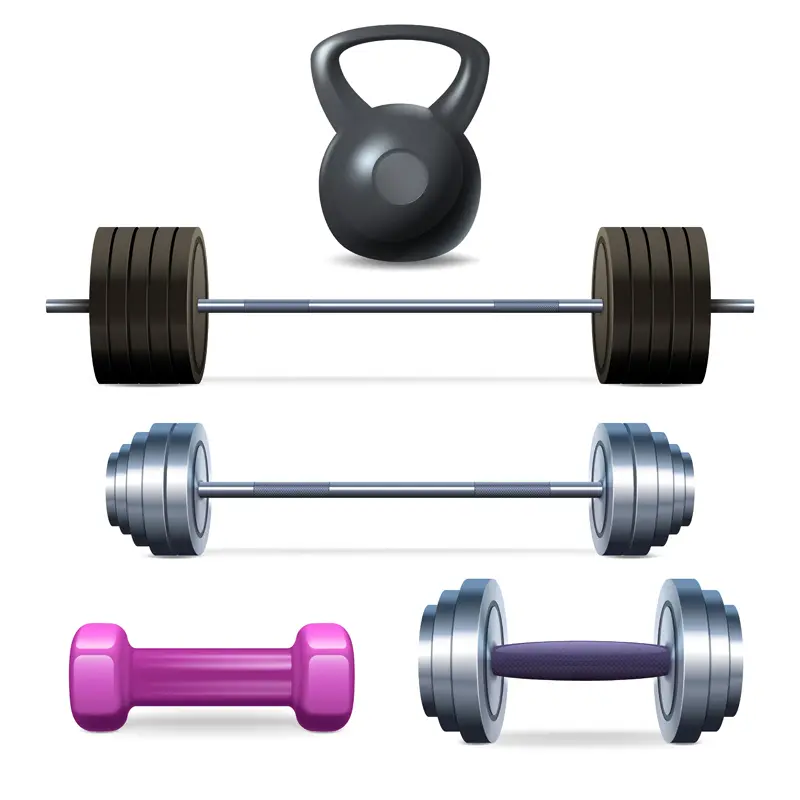
A weightlifting machine’s weight and unusual design make it one of the most difficult pieces of home gym equipment.
Get your user handbook and follow these procedures to prepare your weightlifting machine for transport:
- Take out each weight one at a time and set them on the ground. Cover the weight bars with towels to protect them from scratches and to stop the metal bars from causing damage to other items while being moved.
- After wrapping the weight bars in cushioning (made of towels), you may bundle them in cardboard boxes. Just be sure to utilize the tiny boxes to maintain the boxes light.
- As you dismantle the weightlifting machine using the described process, be sure to identify all the nuts, bolts, and screws properly and place them in Ziploc bags before taping them to the appropriate pieces of equipment or keeping them with your other belongings.
- Determine sure to protect any mobile elements of the machine using durable wrapping tape, strings, zip ties, or ropes to prevent them from hurting you or your helpers or damaging walls or other items.
- Since they might not fit into crates adequately, bundle the shapeless gadgets in packing blankets or towels to avoid damage.
Stationary Bike:
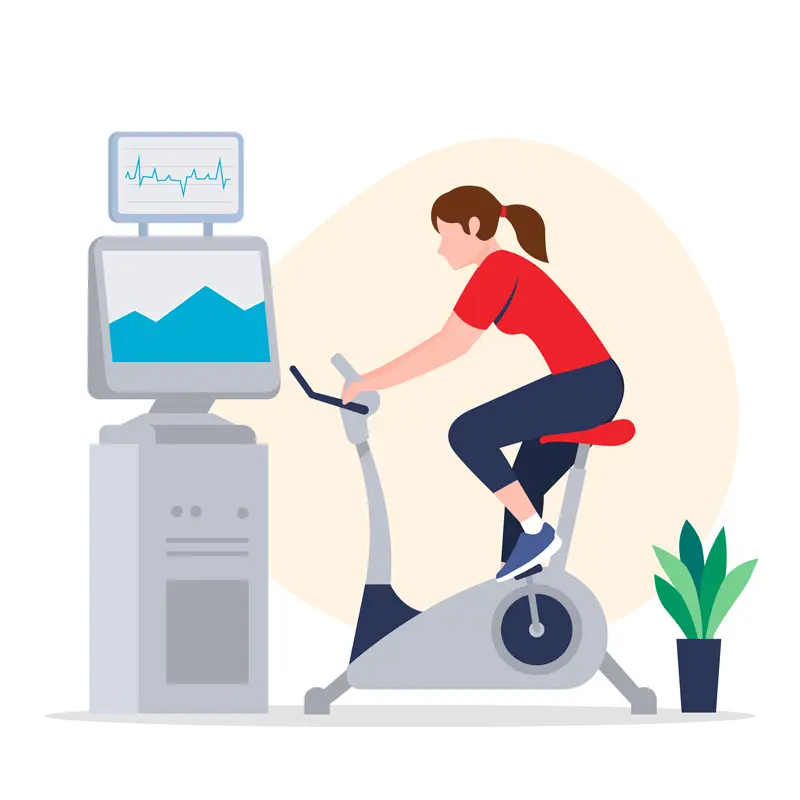
One of the most widely used and portable pieces of home exercise equipment nowadays is the stationary bike. The only thing you’ll need to worry about is taking care of your flooring as you bring and take things.
- If you have an electric bike, disconnect it and put the wires either close to the bike or in a Ziploc bag with your other belongings that are clearly labeled.
- Purchase some furniture or moving blankets to shield your bike from dents and scrapes.
- When shifting the bike in and out of your home, secure your flooring with cardboard, towels, or furniture sliders.
- Loading or unloading is rather simple; enlist the aid of 1 or 2 people to load it into the vehicle and secure it there.
- During the commute, simply consider making sure the stationary bike is indeed STATIONARY.
All you have to do is locate dependable and well-equipped moving companies by requesting friends and family for recommendations or browsing a reputable reference website and then get ready to begin exercising in your new location.
FAQ
Make careful to arrange the cardio equipment so that the shortest pieces are closest to the tallest. Make sure that the sides, rear, and front are all spaced properly. The ideal distance between stationary cycles, elliptical machines, and treadmills is 18 inches.
To preserve the weights during the process of moving, wrap them in a newspaper or bubble wrap. To stop the weights from shifting and bumping into one another, stuff the box with blankets and towels. To avoid making the box overly heavy, only put up to four tiny hand weights inside.
If you have parts of equipment like your squat rack’s sides (after they’ve been disassembled), exercise bars, etc. In a manner comparable to the way you pack your bed frames and garage shelving. Take a furniture pad, and stretch-wrap it many times, making sure there are no visible sharp corners.

